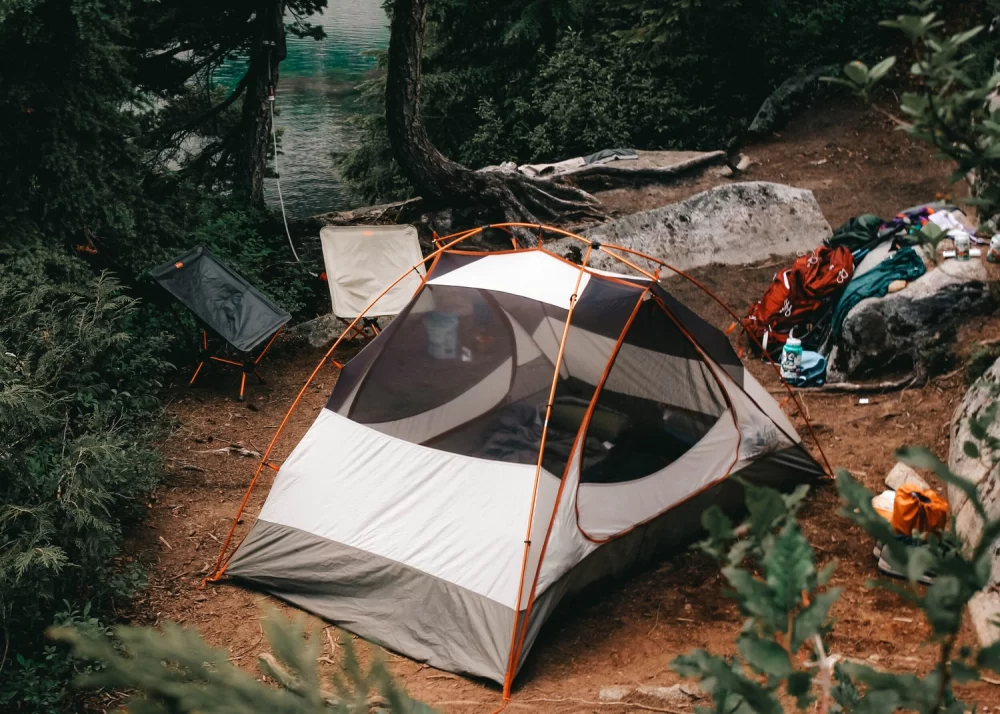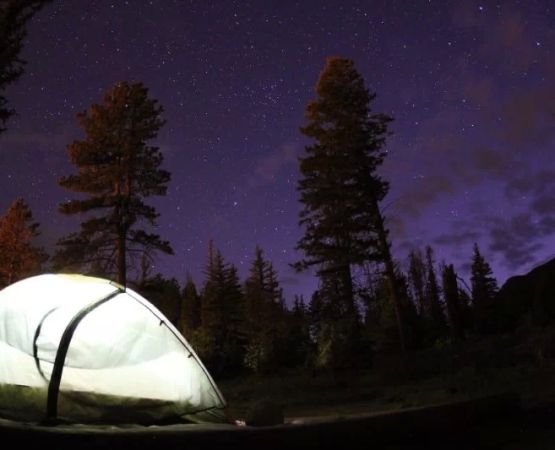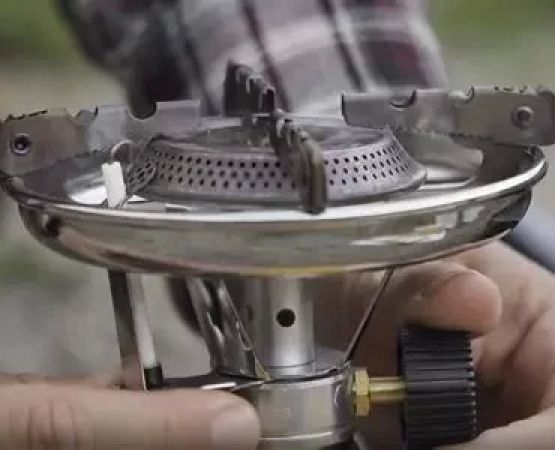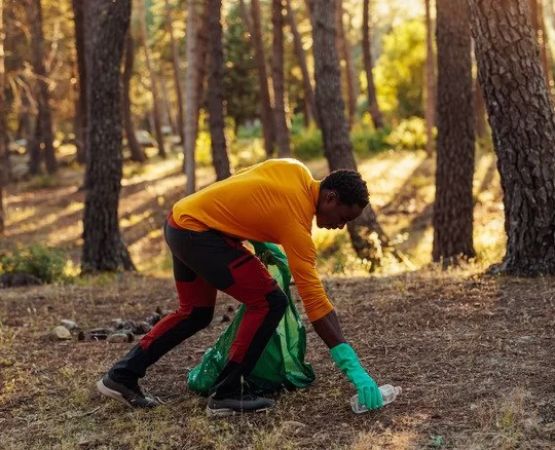Understanding the Threat of Moisture in Camping
As an avid camper, I’ve faced the challenge of keeping my gear dry in various weather conditions. One of the biggest enemies of camping gear is moisture. Whether it's rain, dew, or the dampness from morning fog, moisture can ruin your equipment if you're not prepared. Not only does it damage your gear, but it can also lead to uncomfortable situations, like sleeping in a wet tent or dealing with waterlogged backpacks. In this article, I'll share my experience and provide practical advice on how to protect your gear from moisture while camping.
1. Choose the Right Gear: Water-Resistant and Waterproof Options
The first step in moisture protection starts even before you leave home. Choosing the right gear is crucial. Many outdoor brands now offer water-resistant and waterproof camping gear. When shopping for tents, sleeping bags, and backpacks, I always opt for waterproof or water-resistant materials. A waterproof tent, for example, has a higher chance of keeping the rain out during a downpour.
For sleeping bags, I make sure to pick ones with moisture-wicking liners and water-repellent fabrics. Even my backpack is a priority for waterproofing, as it’s essential for keeping my clothes, food, and electronics safe. I learned this the hard way when I camped in the Pacific Northwest, and my old tent wasn’t as waterproof as I thought. It leaked, soaking my gear. That was a wake-up call for me, and since then, I’ve always chosen quality waterproof gear.
2. Use Waterproof Covers for Extra Protection
Even with the best waterproof gear, it’s always a good idea to carry extra protection. I never go camping without my waterproof covers. These covers are especially useful for my backpack and sleeping bag, providing a second layer of defense against unexpected rain showers. A good-quality rain cover can also protect your tent, keeping water from seeping in through the fabric seams. I remember one rainy night in the Appalachian mountains when a sudden downpour caught me off guard, but thankfully my gear was protected thanks to the covers I had packed.
3. Store Your Gear Properly to Keep It Dry
When you're camping, how you store your gear can make a significant difference in how well it stays dry. It’s important to keep your gear off the ground as much as possible. I’ve found that placing my bag in a dry bag or hanging it in a tree helps prevent it from getting damp from the ground. I also make sure to store my tent in a dry place and avoid leaving it exposed during rain or fog. If you’re camping near a lake or stream, the humidity can cause moisture to accumulate on your tent and sleeping bag, so keeping your items off the ground helps immensely.
4. Pack Moisture-Absorbing Products
There are a variety of moisture-absorbing products that can help protect your gear. I’ve used silica gel packets and moisture-absorbing bags in my camping kit for years. These products help reduce moisture buildup inside your tent or backpack, keeping everything dry and comfortable. A few of these little packets inside your gear can make a huge difference, especially in areas with high humidity. On one particular camping trip to the Everglades, the humidity was so high that my gear would have easily been soaked without the moisture-absorbing products I packed. They helped keep everything dry, and I was able to enjoy my trip without worrying about wet gear.
5. Dry Your Gear Regularly During Your Trip
One of the most important things I do on any camping trip is dry my gear regularly. Even if it’s not raining, the morning dew can leave your tent and equipment damp. It’s important to take the time to air out your sleeping bag, clothes, and tent each morning. I learned this lesson the hard way during a multi-day hike in the Rockies. On the second day, I didn’t properly dry out my sleeping bag, and by the third day, it had become uncomfortable and cold. Since then, I always make it a habit to dry out my gear as soon as I wake up. I set my tent up in the sun and let it dry while I enjoy a warm breakfast.
6. Be Prepared for Unexpected Weather
Unexpected weather can always catch you by surprise, no matter how well-prepared you are. I once had to deal with a surprise storm while camping in the Sierra Nevada. The rain came pouring down, and despite my best efforts to set up a waterproof shelter, the storm was more intense than I expected. My gear got wet, and it was a challenge to dry everything out before continuing my trip. That experience taught me the importance of not just waterproof gear, but also having a backup plan. I always bring extra tarps and rain ponchos now, just in case a storm hits when I least expect it.
7. Drying Techniques After the Trip
After a trip, it’s essential to thoroughly dry your gear to prevent mold and mildew from setting in. I’ve had gear ruined by mold because I didn’t properly dry it before storing it. Always set your tent up to air dry when you get home, and hang your sleeping bag and clothes in a dry, well-ventilated area. I make sure to check every inch of my gear before packing it away for the season. Cleaning and drying your gear properly extends its lifespan and ensures that it’s ready for the next adventure.
8. Final Thoughts
Camping in wet conditions doesn’t have to mean ruined gear or a miserable experience. By investing in waterproof gear, using proper storage techniques, packing moisture-absorbing products, and drying your gear regularly, you can keep your camping equipment in great shape. Protecting your gear from moisture is essential for every camping enthusiast, and these steps will help ensure your gear stays dry, functional, and ready for your next adventure. I’ve found that the key to successful camping lies in being prepared, and taking a few simple precautions can make all the difference in ensuring your gear stays safe from moisture damage.







